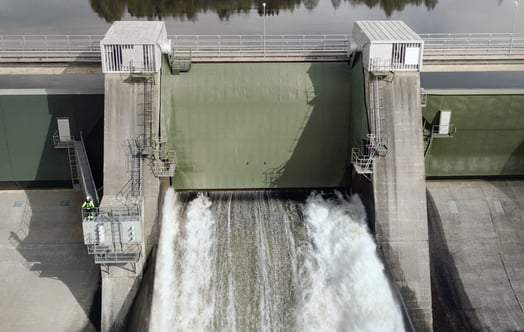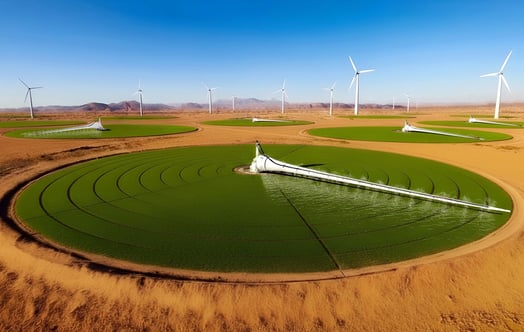Modular nuclear reactors are believed to play a central role in the energy transition when the world moves away from fossil fuels for its power supply. When can they be put in operation?
With more weather-dependent generation introduced into the energy systems, the issue of securing long-term, plannable base and backup power must be urgently addressed, not least due to the long implementation times of such alternative systems. As it is too early to say which fossil-free technologies that will be most competitive in the future, it is important to keep all doors open, and small modular reactors (SMRs) are considered to be one of the promising additions to the range of realistic solutions.
What are small modular reactors?
The SMRs are essentially small nuclear power plants with simplified reactor design and more flexibility in response to demand. They offer a wider range of applications such as co-generation of power and heat, better scalability, smaller impact on energy systems and lower initial costs. Like the large conventional nuclear power plants, they have component parts such as a reactor, cooling system, generator, and transformer, but they are manufactured in factories as modular and standardised systems. This means that there is less construction work on site as the components are shipped to the site, where they are assembled.
“SMRs offer the advantages of standardised quality and economies of scale as they are not one of a kind every time, but part of a serial production based on industrial standard components. Thanks to technical innovation, improvements in computer modelling, and modern construction techniques, SMRs represent a simplified design requiring less materials and a smaller footprint. This makes the small nuclear reactors easier to build, operate, and maintain,” Senior Advisor in Nuclear Technology in Vattenfall, Marcus Eriksson explains.
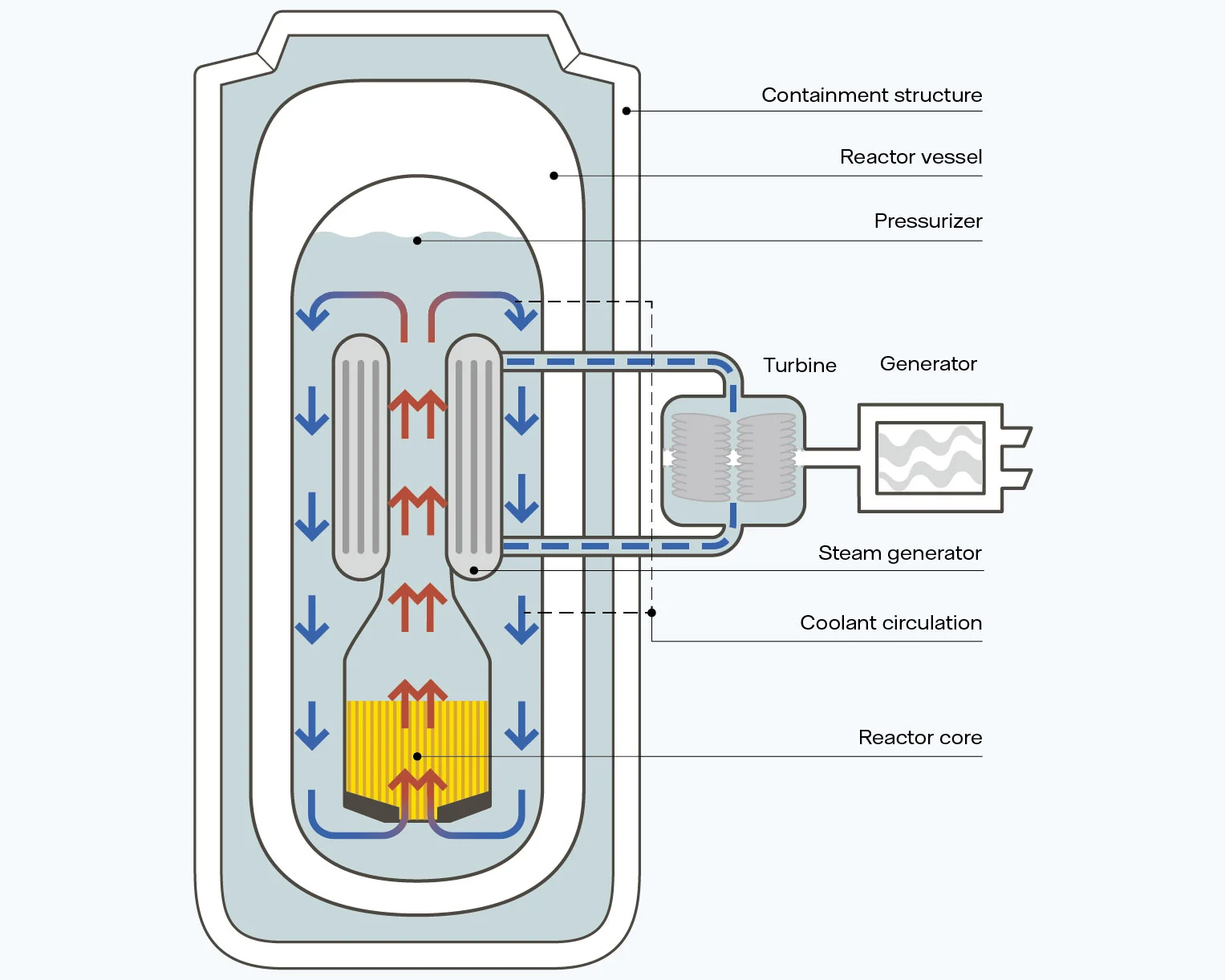
Light water and advanced SMRs
The SMRs can be grouped into two types: light water designs and advanced designs. A light water SMR is basically a smaller version of existing nuclear power plants with the same type of fuel that is already commercially available. It generates the same type of spent fuel that Vattenfall’s reactors and the vast majority of the reactors in the world do today – so power companies are highly experienced in handling the waste with the highest degree of safety. The light water SMRs are designed for generation of electricity and co-generation of for instance hydrogen and district heating.
“The so-called advanced SMRs utilise other coolants such as gas, liquid metal, or molten salt, and some designs even have the capability to use fuels that are recycled,” explains Martin Darelius, Technical adviser in Vattenfall Strategy and Innovation. “Due to the different coolants, advanced SMRs allow for high-temperature output in the range 540°C to 750°C that can be used for production of hydrogen much more efficiently than conventional alkaline electrolysers. They can also deliver high-temperature process heat for the cement, pulp, chemical, and steel industries which offers new and powerful areas of use.
These plants would, however, require additional infrastructure, including new manufacturing of fuel, waste handling solutions, and in the case of recycling of fuel, reprocessing facilities, which are not available in the majority of countries with nuclear power at present. This applies especially for molten salt and liquid metals.
Safety is a top priority
The SMRs are operated according to the same safety standards and measures as the conventional nuclear plants. They are, however, more passive in design, requiring fewer components that can fail and will be less dependent on active components that rely on electricity and moving parts that are susceptible to wear and tear. They will also, to a higher degree rely on safety systems that require no external power and are less dependent on human interaction, which works to minimise human errors and to better protected against external hazards.
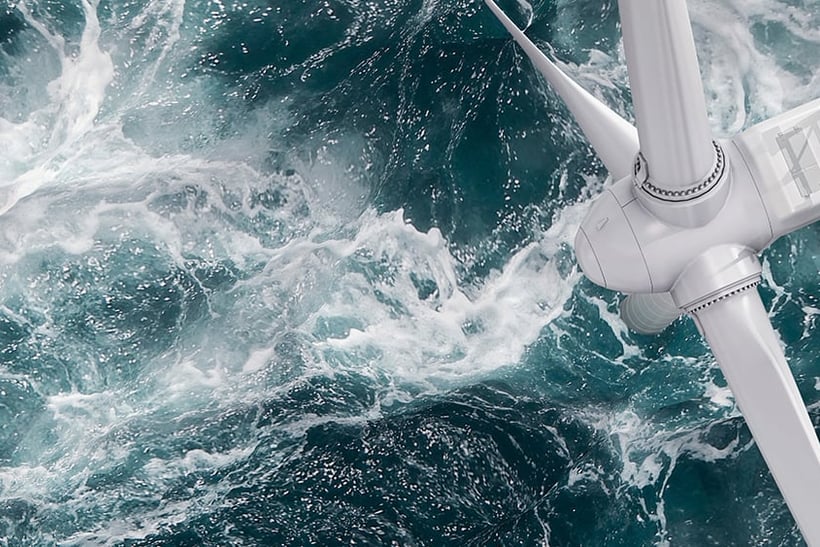
Sign up for our newsletter THE EDIT
THE EDIT is Vattenfall's new monthly newsletter. Each issue highlights a new burning issue from the world of sustainable energy and fossil freedom.
Global interest in SMR technology on the rise
Development of SMR technology is made in major nuclear countries such as the US, the UK, South Korea, France, China, and Russia, which see a national demand or potential export opportunity. Interest for deployment is seen in countries that look at ways to decarbonise their energy system but are unable to utilise renewables easily. At the same time existing nuclear countries look at SMRs as a potential to replace ageing nuclear plants.
First movers in SMR deployment
A few countries willing to take the commercial risk of engaging in first-mover SMR deployment have started projects in recent years. These projects are currently progressing in Canada, the US, and China, with Canada as the frontrunner. The power company Ontario Power Generation and the Province of Ontario have taken a leading position and site preparation work for the construction of one SMR is under way, just as planning and licensing for three additional SMRs have begun. Ontario Power Generation expects to receive construction license for the first SMR by the end of 2024 after which construction work on the nuclear plant itself can begin.
SMR deployment is also considered in the UK, Poland, the Czech Republic, Estonia, and Romania, and being evaluated in countries such as Sweden and Finland. France is developing SMRs for export and aim to have one SMR of French design in operation by 2030 for demonstration purposes.
Besides the technological development, the regulatory framework associated with nuclear power plants needs to be developed to allow for flexibility in the choice of technology and facilitating an efficient licensing model for new reactor designs – also beyond the 2030s. This has been solved in most countries that are now forerunners. Still to be solved is an agreement between different countries to accept joint, standardised solutions.
SMRs are not just around the corner
Even though the technology and working principles for the SMRs are developed to a great extent, more work remains before they are put into operation explains Marcus Eriksson:
“Building new nuclear reactors in Sweden – be it small or large - will require time both for construction and for drafting of new licensing documentation. If we are to have SMRs in operation in the early 2030s, light water SMRs are the most logical option for Vattenfall, since we have all infrastructure in place already and they can be used for both electricity and district heating production. And as our fleet of large nuclear power stations are designed to run for many more years, any SMRs would be complementary to those facilities.”
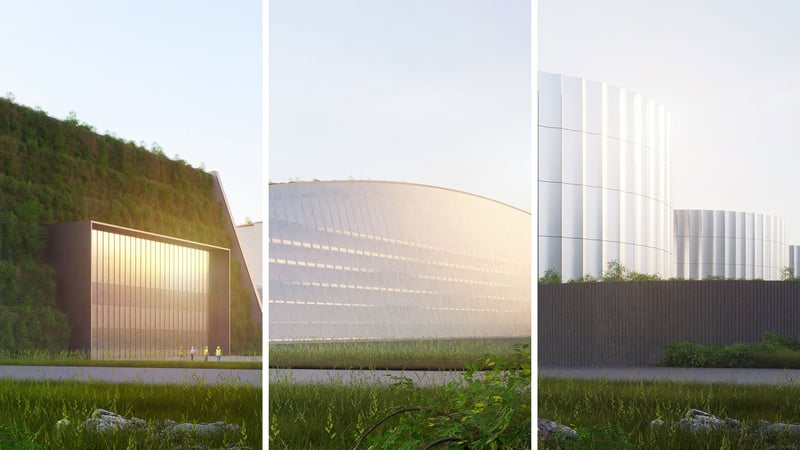
How does a small modular reactor look? These three visualisations have been created by the Gottlieb Paludan architects for potential design of SMRs for the Nucelerate West feasibility study.
“Nucelerate West” - Vattenfall’s SMR feasibility study at Ringhals
Vattenfall has started a feasibility study to evaluate whether the commercial, legal, and technological conditions for building SMRs at Vattenfall’s existing nuclear plant location at Ringhals on the Swedish west coast are in place. The study assumes that a first reactor could be operational at the beginning of or mid-2030s.
“Some conditions must be met for the Nucelerate West project to become a reality,” says Henric Lidberg, Senior advisor and project sponsor for the feasibility study. “There must be broad acceptance of SMRs in society, the SMRs must be standardised without national adaptation, they must meet authorities’ safety requirements, there must be a predictable and efficient licensing processes, and the SMRs must be a financially competitive alternative to other energy sources”.
The choice of Ringhals rests on its ideal location for building nuclear power. Southern Sweden has a great need for electricity generation and Ringhals already has nuclear power plants in operation, availability of grid connection, and solid experience in operating light water reactors. The Ringhals area is also of national interest for energy generation and is the one location where new reactors can be made operational most quickly.
Cooperation on SMR study with Estonian Fermi
Since the spring of 2020, Vattenfall has participated in a feasibility study undertaken by the Estonian start-up energy company Fermi Energia to explore the possibilities for SMR deployment in Estonia. Vattenfall has acquired a minority share in the Estonian company in order to work jointly on feasibility studies about costs, supply chain, and capabilities to construct and operate SMR technology. Vattenfall’s investment in this new technology is motivated by a desire to support the company to increase project success, as well as gain in-house experience in a first-mover European SMR-project, which the Estonian project can deliver.
“SMRs are new ground for energy companies, politicians, and society. As a company we want to learn and gain inhouse competence within emerging new technologies that could be part of the solution for the supply of fossil-free energy to drive decarbonisation,” says Marcus Eriksson, who is responsible for Vattenfall’s cooperation with Fermi Energia.
The project has a tangible goal to deploy the SMR technology in Estonia, and it will provide experience and insights into the licensing of this technology.
Vattenfall’s agreement with Fermi Energia runs for five years until 2026, when the company aims to be ready to apply for a decision in principle to be made by the Estonian parliament for construction of an SMR. The plan is for commercial operation of the first SMR in 2032 and additional units in operation by 2035, when the country’s base load system that relies on shale oil is scheduled to be phased out and replaced by other dispatchable energy sources.



